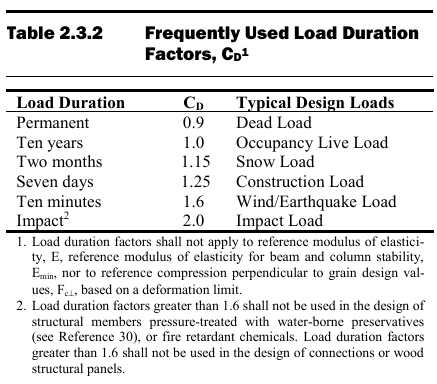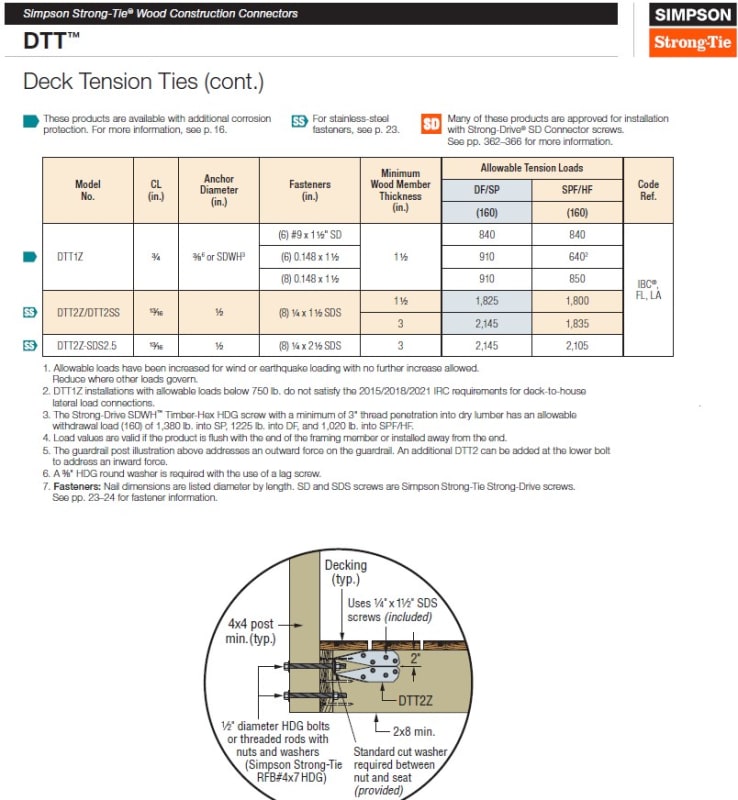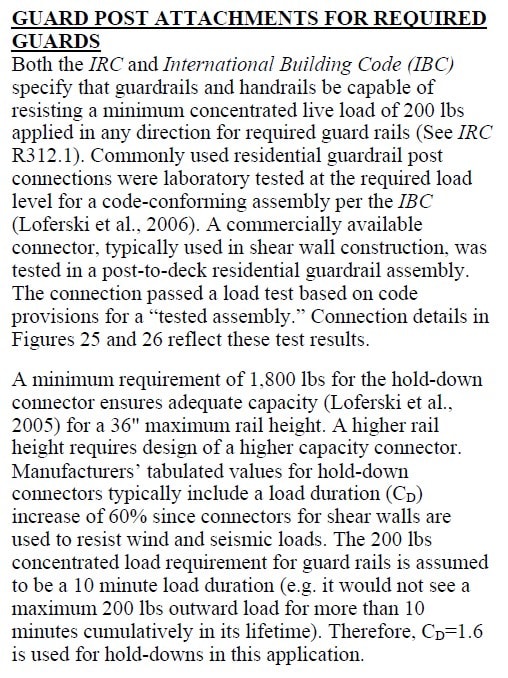Yeah, Pham, I hear you on that. That's fine, I like making them. I don't do it for ego points or anything.
I feel like I learn something, and if somebody ten years from now finds it, it's all good, or it's the scribbling of a madman.
I've seen one get referenced, but I've been writing my own personal items, not adapting to the actual frequently asked questions on the site. (Unless you want to count C
b, but the FAQ entries can't have any images in them and that really hampers things, a normal forum post will a) attract commentary, b) eventually "freeze" so you can't update it (I know, make a new one, but still, I don't really like making an FAQ that's just a revise-enabled link to a forum post.)
And yes, there was a sale on an lifetime unlimited parenthesis marks a few weeks ago, and I bought it. Groupon is the best!
Eng16080 - If I recall correctly the original DTT was intended to secure the deck through the exterior wall, (that requirement appeared circa 2009?) and to me that makes sense as C
D = 1.6 given the origin of those loads (wind/seismic, as there wasn't research on live lateral loads (from occupants) until later on). I think the DTT2 they expanded the use, (maybe?, partly in response to the Woeste research pointing out the typical "nail and forget" approach wasn't strong enough) and the ESR covers that use. You can factor it down on the presumption that the listed (tested) load is not connection limited and comes directly from testing (said adjustment would be conservative if it is "fastener limited", as I recall, I usually check in with Simpson Technical support to confirm that approach is valid and haven't exactly specified one on a deck - I usually note the code requirement and say "contractor provide connection per IRC XXX.X" at ends of deck).
Lateral Loads Generated by Occupants on Exterior Decks, Parsons, Bender, Dolan, Woeste, Structure Magazine, January 2014.
(I'll NOT reference the FAQ from here...that's a direct link to the 2014 article, which is kind of reprint from a Wood Design Focus article as I recall).
ETA - Well, that timeline of events isn't perhaps supported "in the record" as the guard
rail article was 2005.
Strong Rail-Post Connections for Wooden Decks, by Joseph Loferski and Frank Woeste, P.E., with Dustin Albright and Ricky Caudill, Journal of Light Construction, Feb 2005.
I don't have a date for when the 1,500 lb connector appeared in the IRC. Maybe someone else feels like tracking that down, I think it wasl also revised downward on the load requirement at some point.
For those of you receiving eighteen notifications that I posted a reply (because I'm editing and expanding again and again, I somewhat apologize).





